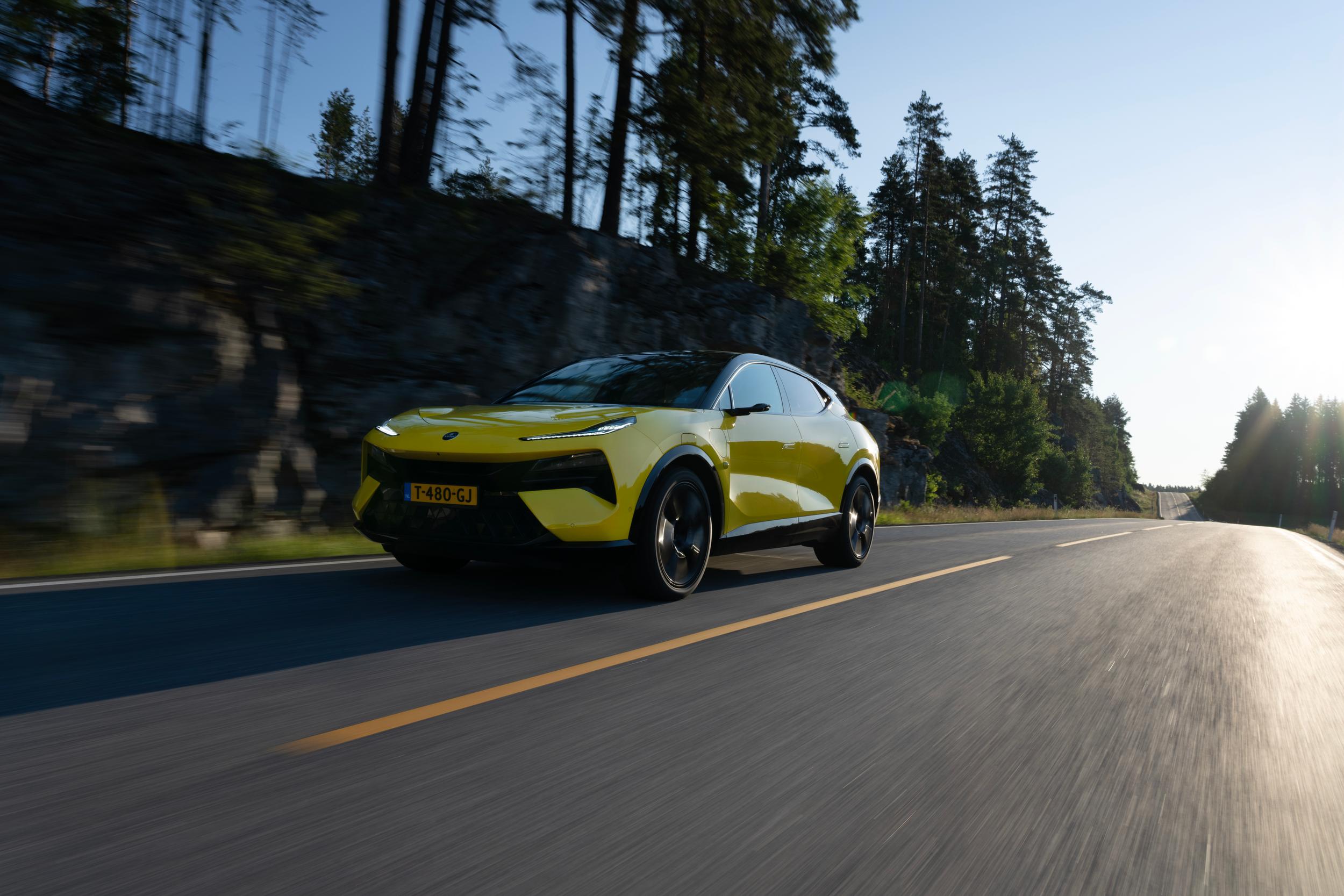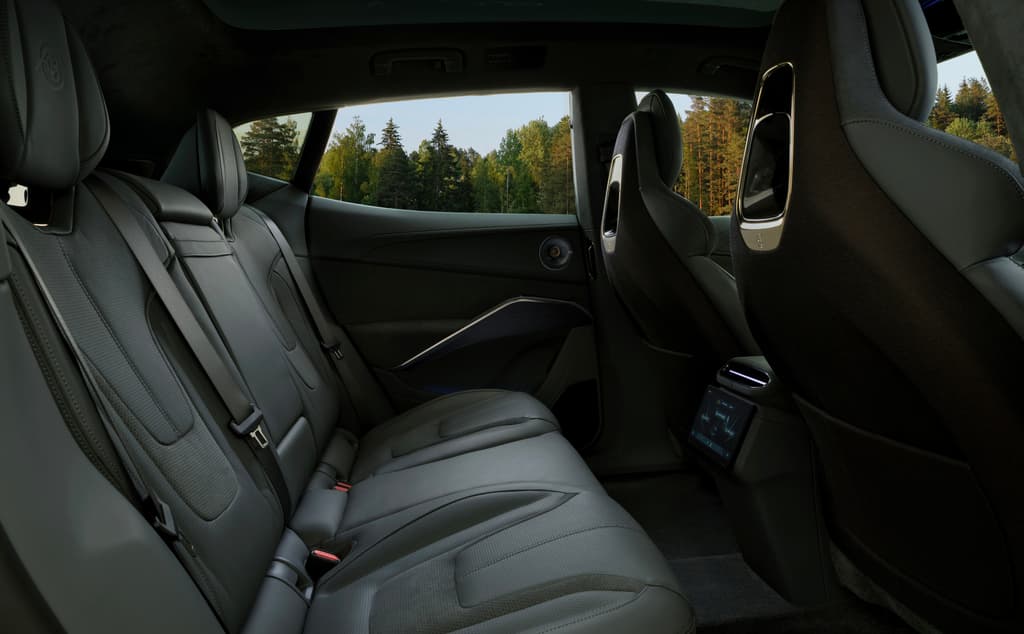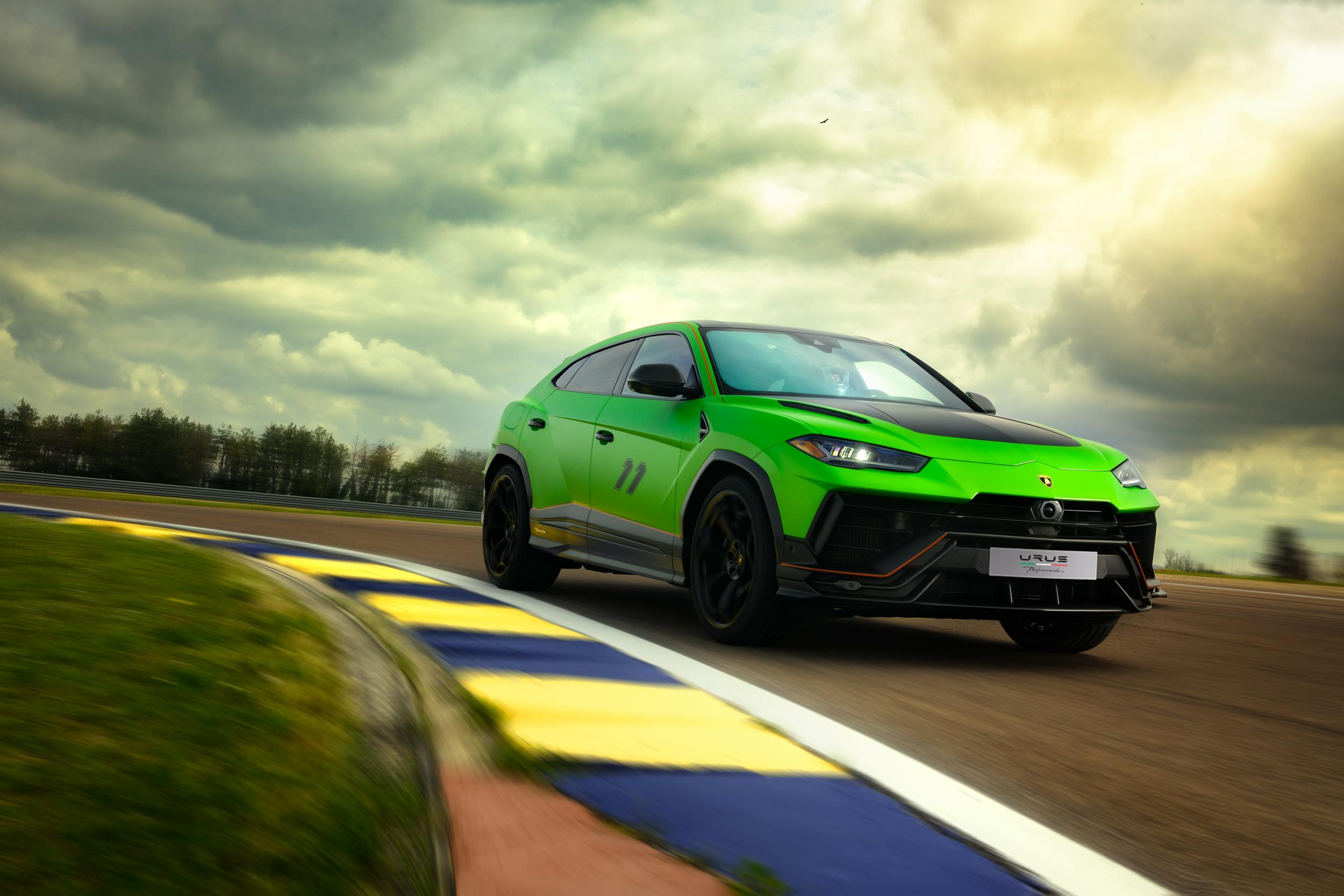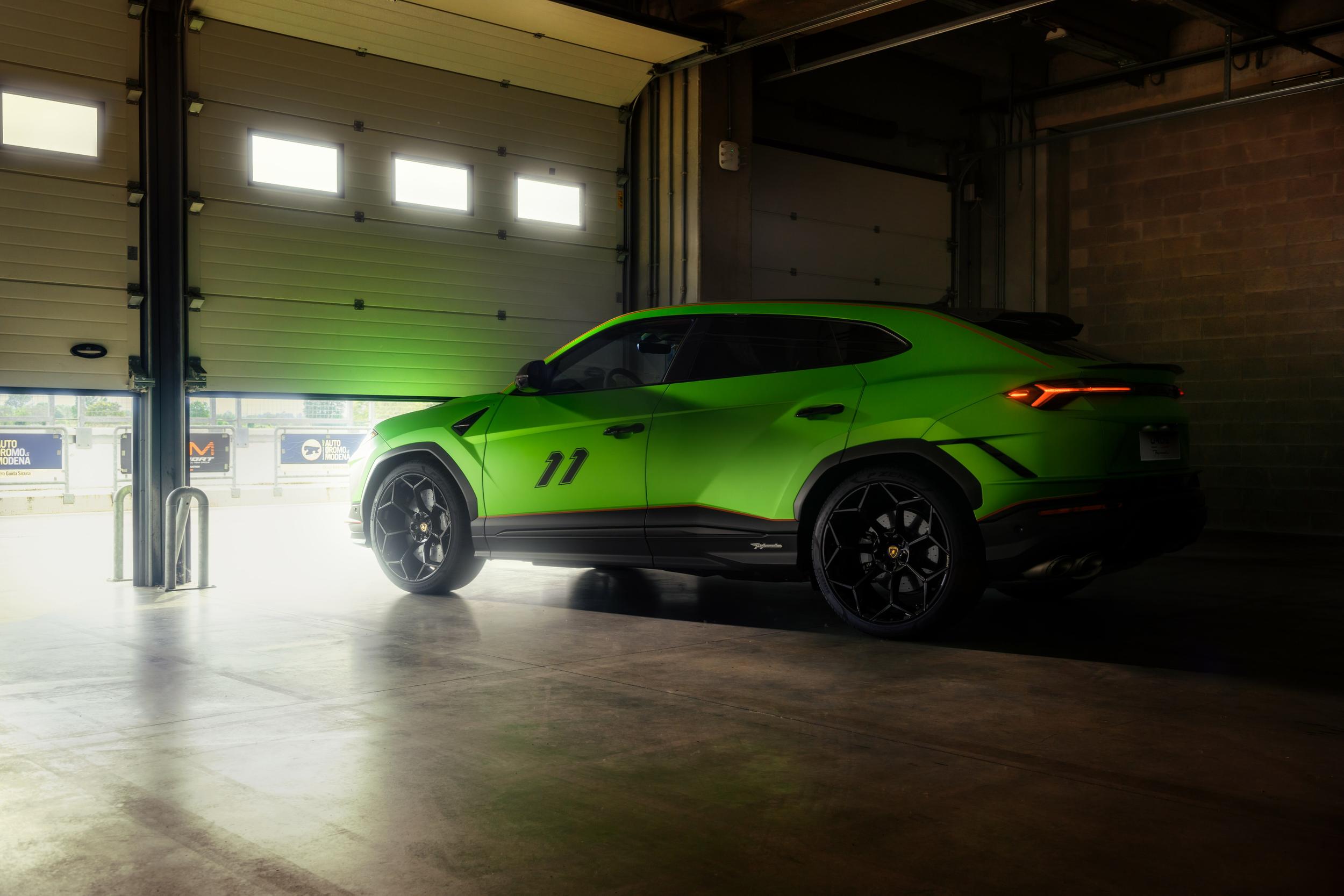“Simplify, then add lightness.” This quote is attributed to Colin Chapman, the founder of Lotus Cars. This philosophy guided the company for years, leading to the creation of some of the world’s finest and lightest sports cars. However, their latest offering, the Lotus Eletre, deviates from this established principle. The Eletre is so unique that there’s no standardized term for its body style. For now, “hyper-SUV” seems most apt, being part supercar and part SUV, distinguishing itself from standard crossovers.
It faces stiff competition from notable rivals like the Tesla Model X, Mercedes EQS, and BMW IX. Yet, one of its fiercest competitors is the Lamborghini Urus, boasting over 600 horsepower, similar size, and similar seating configurations.
Dive into our detailed comparison of the Lotus Eletre Vs Lamborghini Urus to see what sets these two exceptional SUVs apart.
Lotus Eletre Vs Lamborghini Urus: DESIGN PHILOSOPHY
Lotus Eletre:
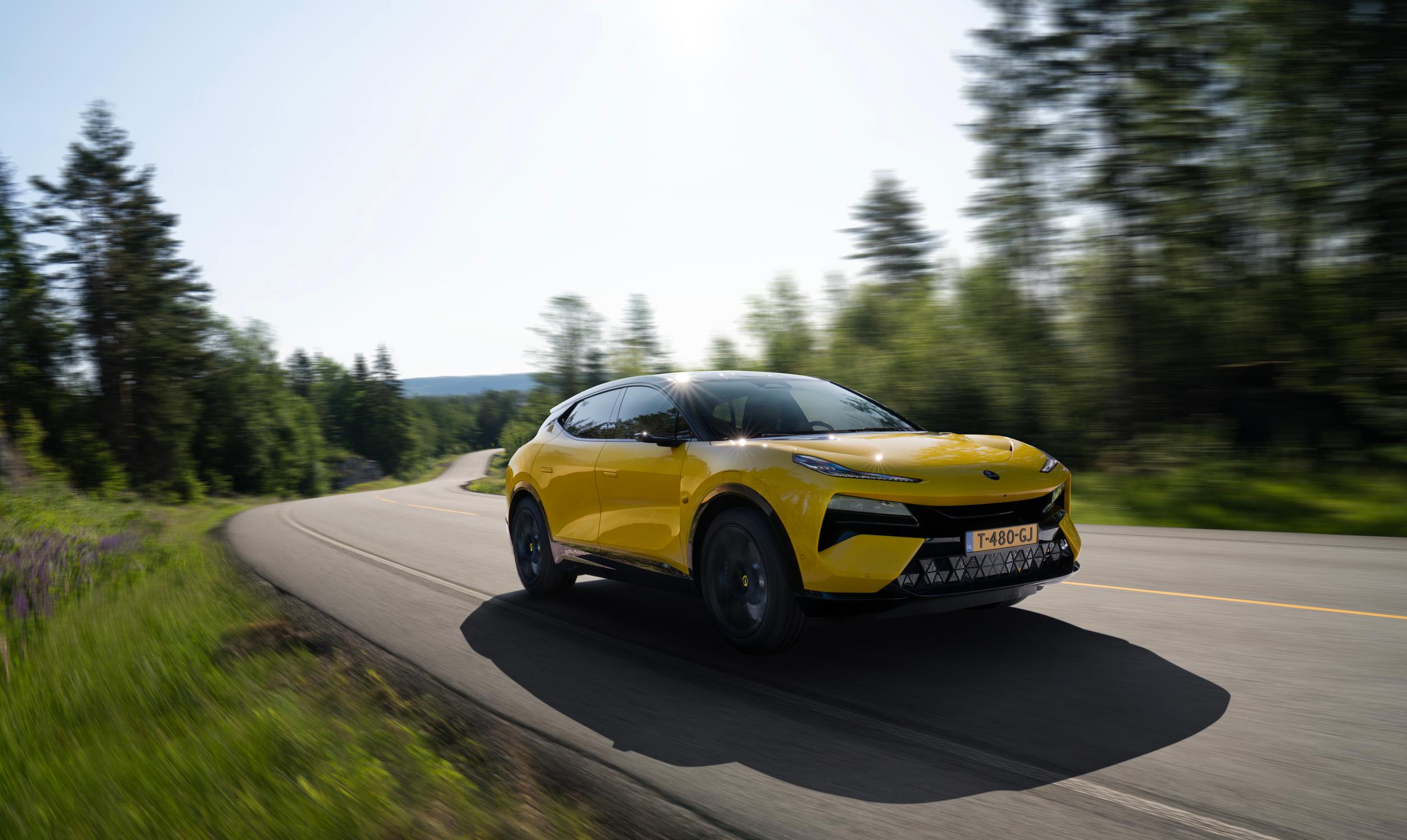
Unlike many electric cars that lean towards a more monotonous design, the Eletre stands out. Its intricate cuts and vents enhance its dynamic appearance and serve aerodynamic functions. Notably, the main headlight unit nestles deep within the front bumper beneath the boomerang-shaped LED. This feature is reminiscent of specific modern Audi designs. Additionally, the front boasts active air vents for battery cooling and cameras replacing traditional wing mirrors, a feature also seen on the original Audi e-Tron SUV. These cameras integrate into the Eletre’s LIDAR system, concealed within the bodywork.
Other highlights include pop-out door handles, rear pillar cutouts for aerodynamics, and adjustable rear winglets for braking. Small touches like a boot lid spoiler and a lighting strip above the license plate amplify the SUV’s avant-garde look.
Lamborghini Urus:

The Urus, in comparison, retains a more aggressive stance. Its single headlight unit with integrated DRL contrasts with the Eletre’s. The pronounced hood, more angular wheel arches, and rear haunches further differentiate the Urus.
Both SUVs sport 23-inch wheels, though base Eletre models have smaller options. The rear sees the Urus with distinctive Y-shaped LED lights, whereas the Eletre showcases a full-width light bar—a design feature growing in popularity.
Lotus Eletre Vs Lamborghini Urus: ENGINE AND PERFORMANCE
Lotus Eletre:
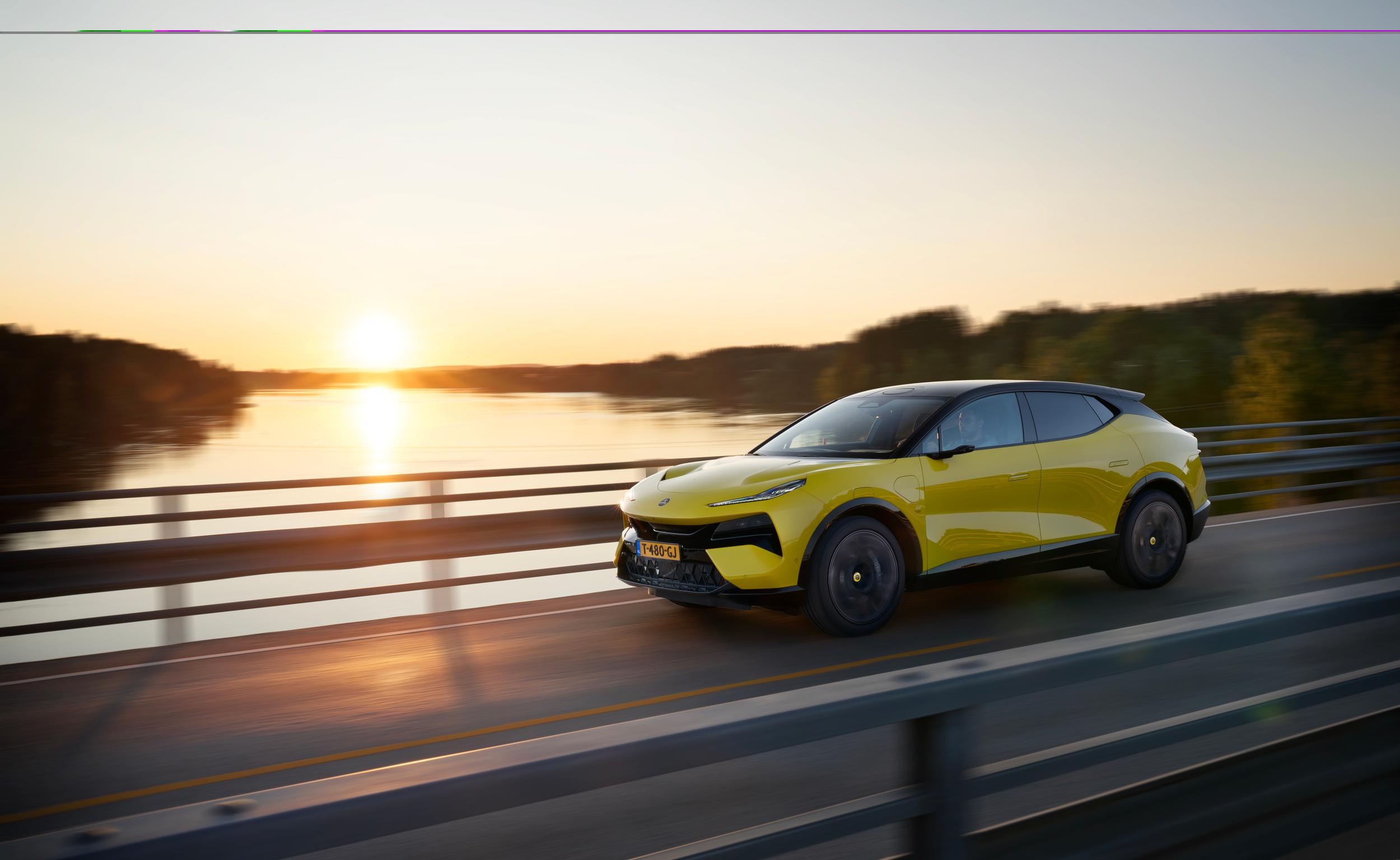
The Eletre employs a 112 kWh battery and twin electric motors, ensuring all-wheel drive. The 603 hp base model accelerates to 62 mph in 4.5 seconds and promises a range of 373 miles per charge. The high-end Eletre R, however, ramps up the power to 905 hp and accelerates to 62 mph in a mere 2.95 seconds, though the range reduces to 304 miles.
Lamborghini Urus:
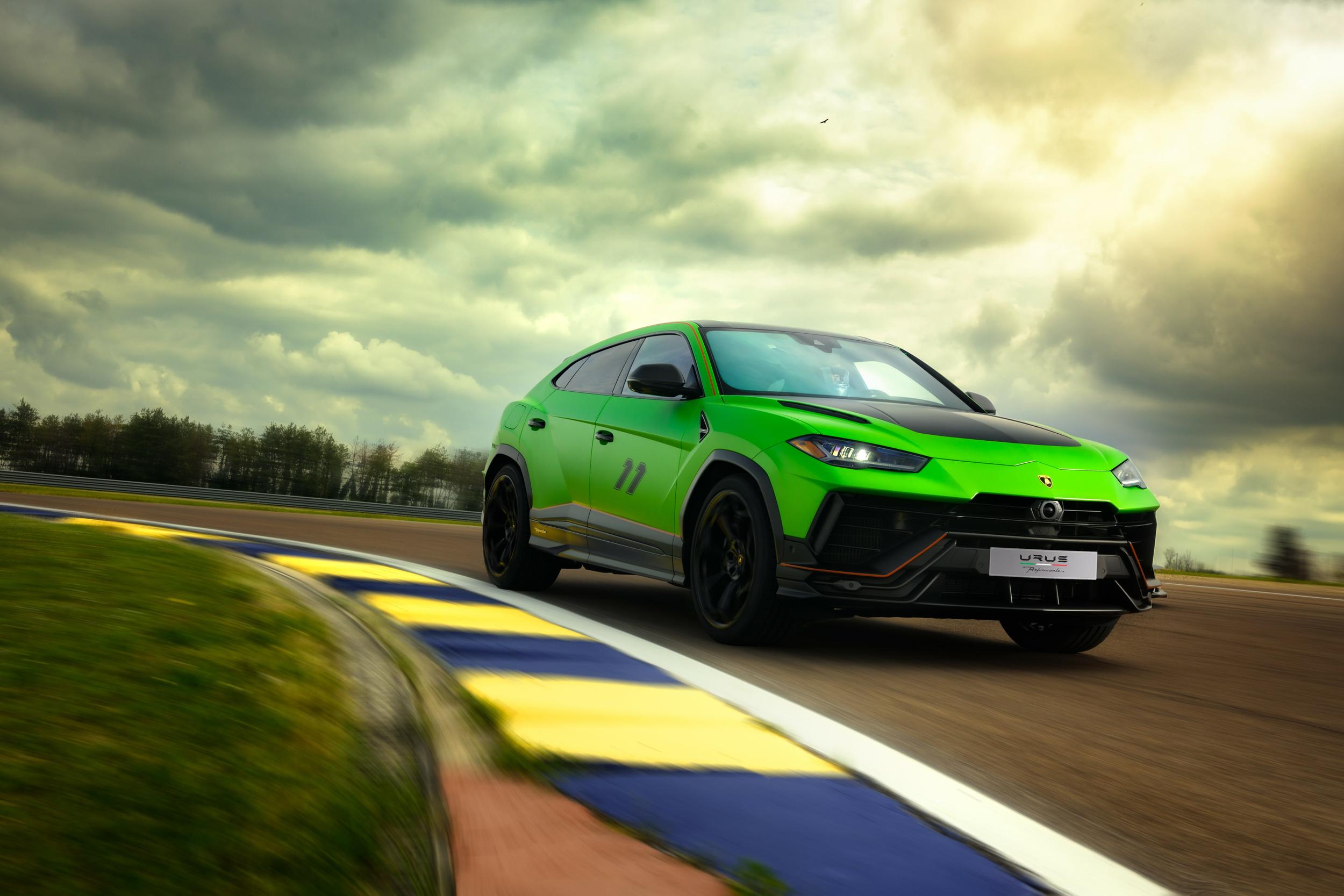
The Urus houses a thundering 657-horsepower twin-turbocharged 4.0-liter V8 engine. Achieving 0 to 60 mph in just 3.1 seconds promises speed and power. Its all-wheel-drive capability ensures not only rapid acceleration but also competent off-roading. In contrast, the electric Lotus Eletre can unleash up to 905 horsepower without consuming any gasoline. Furthermore, the Eletre’s 373-mile range trumps the Urus’s 277-mile gas range.
Spec Comparison:
| Lotus Eletre | Lamborghini Urus | |
|---|---|---|
| Dimensions | 200.9 in x 78.74 in x 64.2–64.4 in | 202.2 in x 79.8 in x 63.7 in |
| Motor / Engine | permanent-magnet AC | twin-turbocharged 4.0L V8 |
| Horsepower | 905 hp | 657 hp |
| Torque | 726 lb-ft | 627 lb-ft |
| 0-60 MPH | 2.7–4.2 sec | 3.0 sec |
| 0-100 MPH | 6.3–7.4 sec | 7.2 sec |
| Top-Speed | 160–165 mph | 190 mph |
Lotus Eletre Vs Lamborghini Urus: HANDLING AND RIDE COMFORT
Lamborghini Urus:
With a potent combustion engine, the Urus features impressive hardware to bolster its performance. Standout features include carbon-ceramic disc brakes (440 mm front discs gripped by 10-piston calipers while at the back, it offers 370 mm discs gripped by six-piston calipers)—the largest on any production car—and an active air suspension system that adjusts to various terrains. The SUV’s drive system is rear-wheel-biased, complemented by active torque differentials and torque vectoring, ensuring enhanced grip. Moreover, its rear-wheel-drive steering and active roll bar improve high-speed maneuvers and stability in bends.
Lotus Eletre:
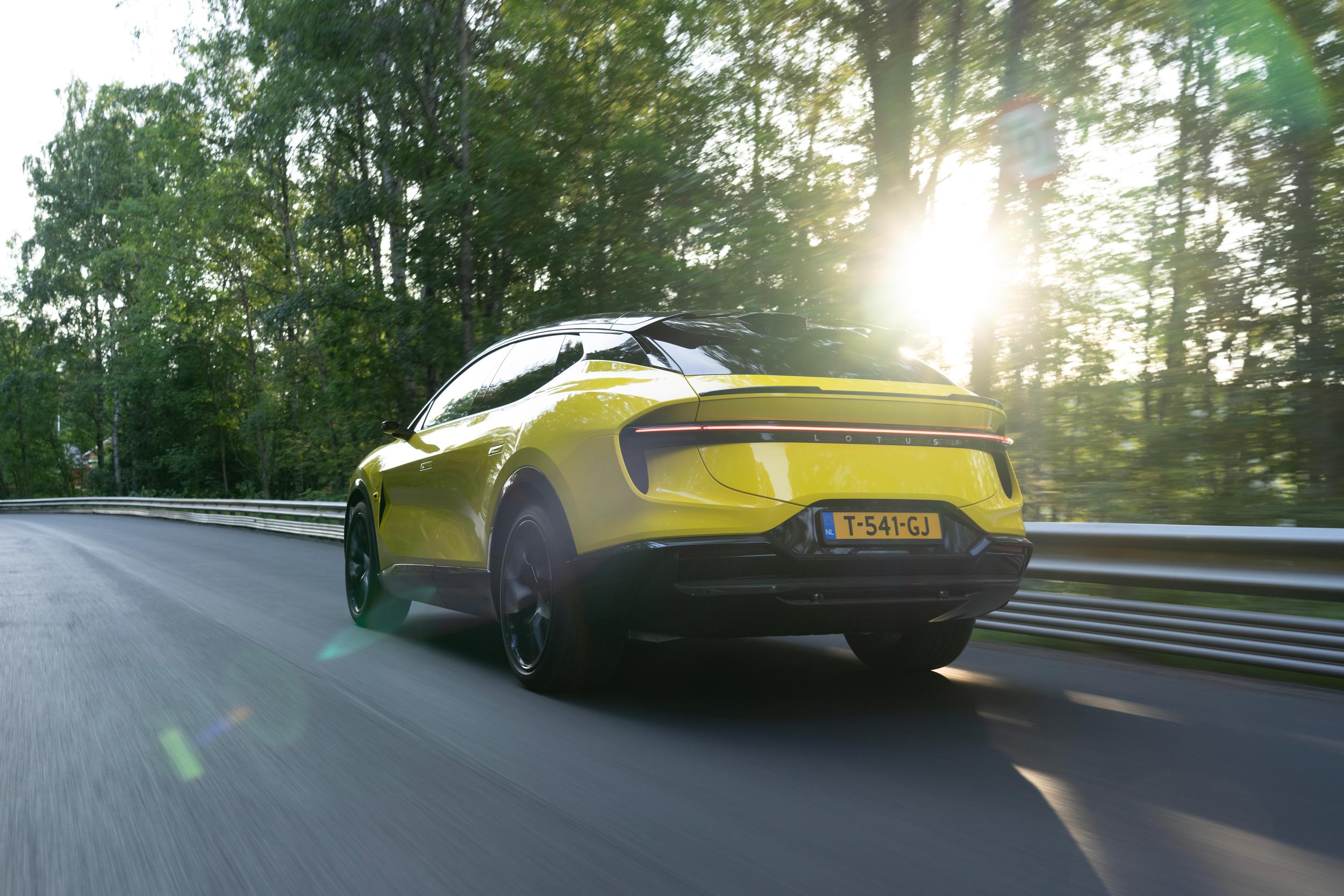
Though electric and heavier than traditional Lotus offerings, the Eletre still promises exceptional handling. All Eletre models boast active air suspension, allowing drivers to tweak the driving mode as needed. Despite its electrically assisted steering—a departure from typical hydraulic steering on Lotus sports cars—the Eletre ensures responsive handling. Its advanced driver assistance features, and 34 sensors for a 360° view underscore its modernity.
Lotus Eletre Vs Lamborghini Urus: INTERIOR AND FEATURES
Lotus Eletre:
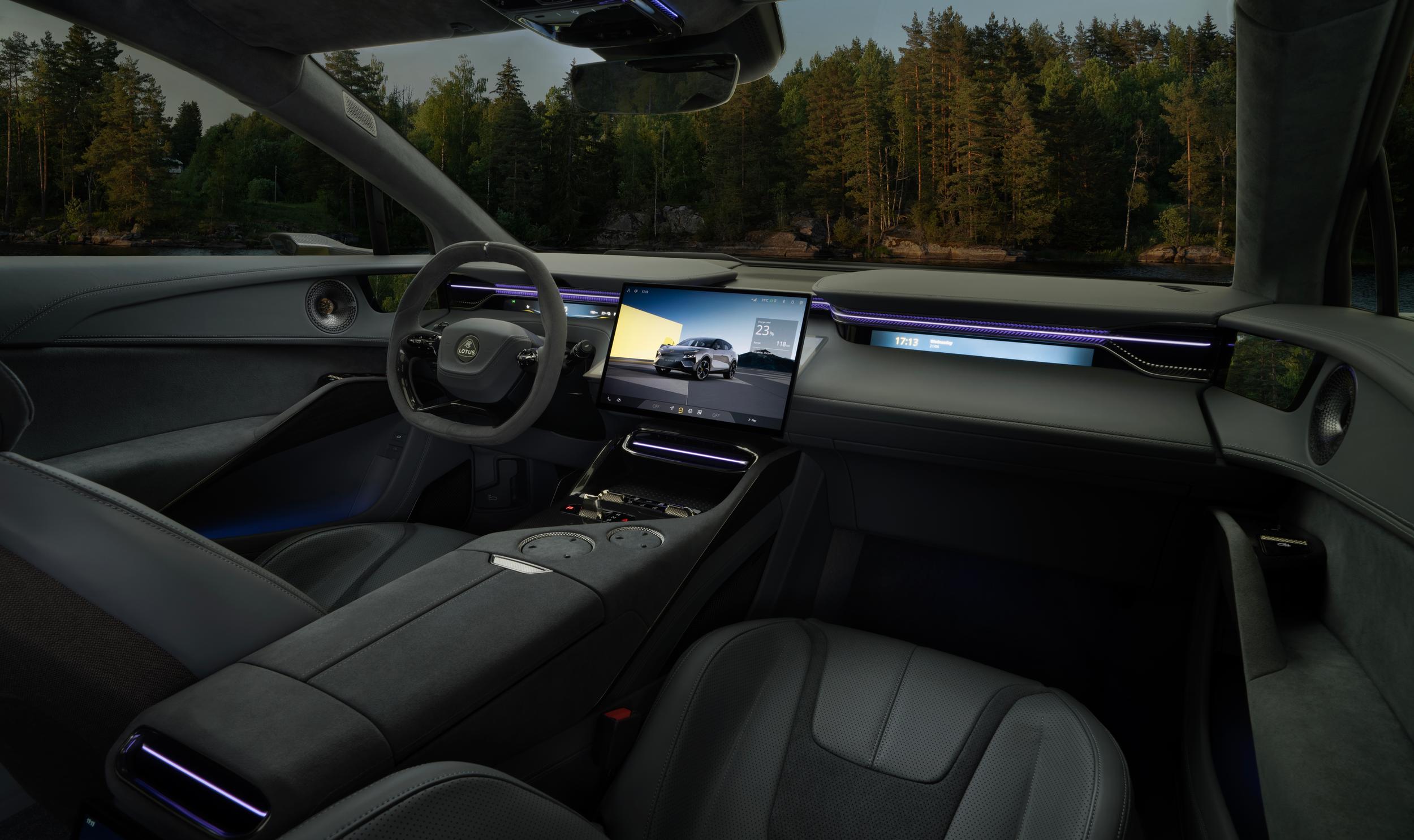
The Eletre’s interior epitomizes modern minimalism. Its cabin features ambient lighting and extended digital displays, or “ribbons,” behind the steering wheel. A 14-inch retractable touchscreen, powered by the Epic Games’ Unreal Engine processor (this is the same processor used in the GM’s Hummer EV as well), sits at the center.
Lamborghini Urus:
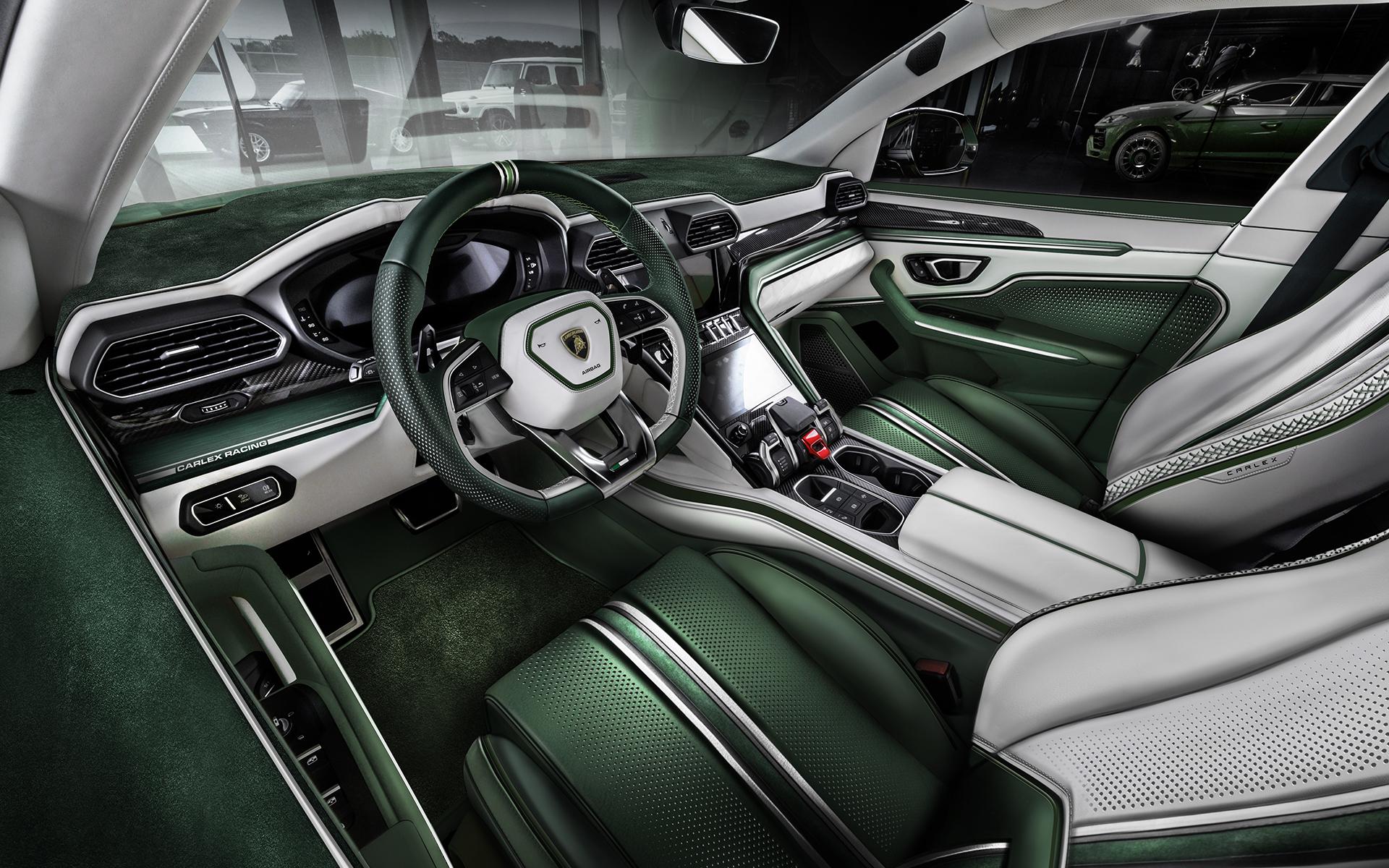
The Urus retains a jet-fighter aesthetic with a red flip-up start/stop engine button and a button-rich center console. Dual screens offer access to its suite of features, blending Lamborghini’s luxury with VW Group’s functionality. Some material choices may seem out of place given the price, but they may be weight-saving decisions. The Urus is notably lighter than some of its counterparts.
Choosing between the Urus and Eletre depends on personal preference: do you lean towards the classic jet-fighter look or a contemporary design echoing the Lotus Eletre’s advanced tech?
PRICE
The 2024 Lotus Eletre’s official pricing remains undisclosed, but estimates suggest a range of $100,000 for the base model to $150,000 for the Eletre R. In contrast, the Lamborghini Urus starts at $233,263 for the base S trim, with the Performante variant beginning at $265,951. Thus, the Eletre emerges as a more affordable option.
Conclusion
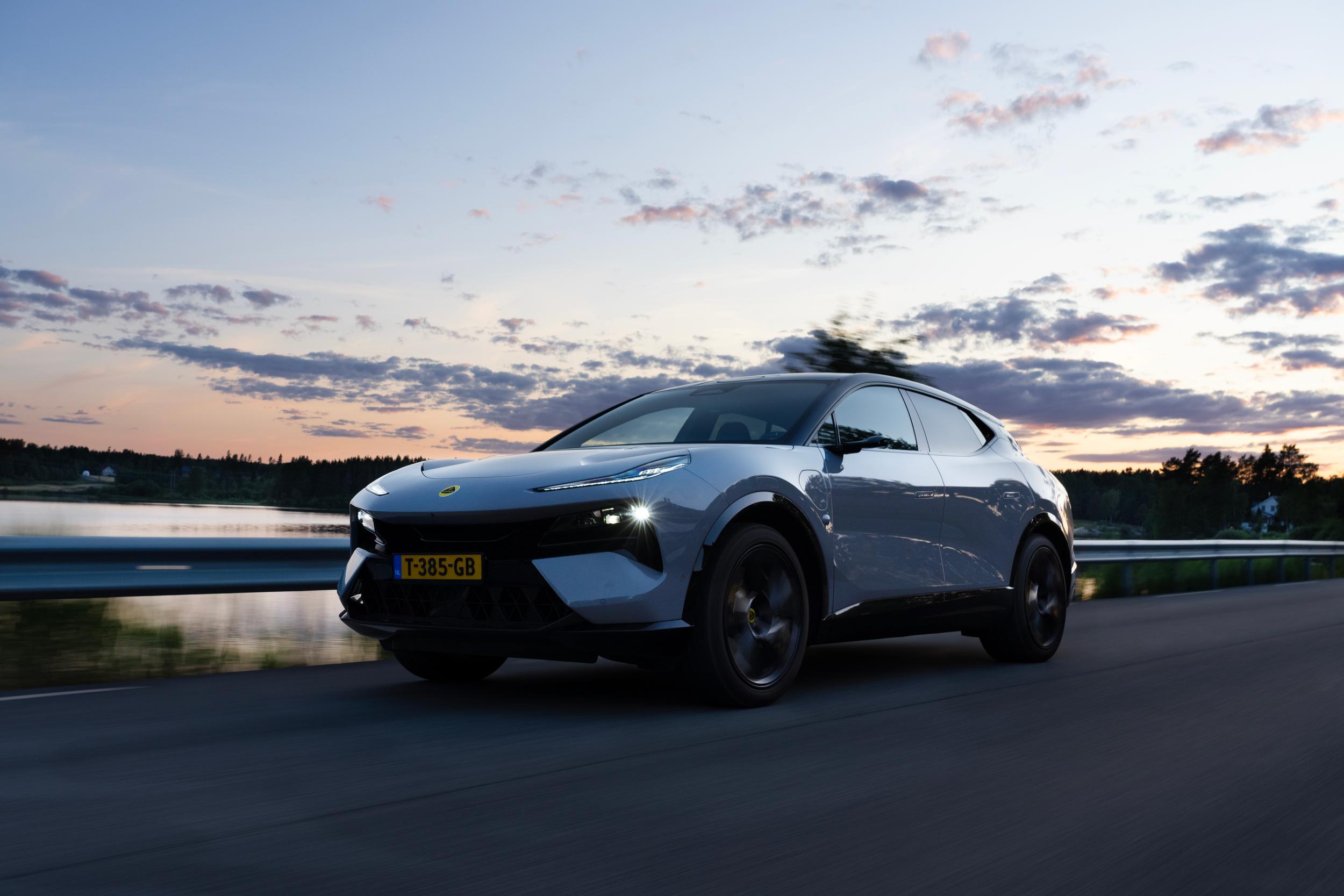
The Lotus Eletre and the Lamborghini Urus are undoubtedly two of the most advanced SUVs in today’s automotive landscape, each bearing their storied brands’ heritage and design philosophy. Historically known for its “lightness” mantra, Lotus brings a fresh perspective with the Eletre, blending avant-garde design with impressive electric performance. On the other hand, under the Lamborghini banner, the Urus stays true to its aggressive aesthetic, combining unparalleled combustion power with luxury.
Regarding design, the Eletre showcases intricate aesthetics, blending form and function, while the Urus champions a more aggressive stance. Performance-wise, the Eletre’s top-end model boasting 905 hp with a respectable 304-mile range is an electric marvel, juxtaposed with the Urus’s traditional combustion engine outputting 657 horsepower and achieving 0 to 60 mph in just 3.1 seconds. In terms of handling, both SUVs promise top-tier experiences, with the Urus featuring state-of-the-art hardware and the Eletre ensuring a responsive electric drive. The interiors reflect the brands’ identities, with the Eletre embracing modern minimalism and the Urus leaning into a jet-fighter feel.
Ultimately, the choice between the Lotus Eletre and Lamborghini Urus boils down to individual preferences, whether in design, performance, or price point. The Eletre offers a compelling package for those seeking a blend of tech-forward design and electric power. At the same time, the Urus will entice those drawn to sheer power, aggressive design, and the pedigree of the Lamborghini brand. Whatever your inclination, both SUVs stand as testaments to the ever-evolving world of automotive engineering and design.
Lotus Eletre Vs Lamborghini Urus Image Gallery




